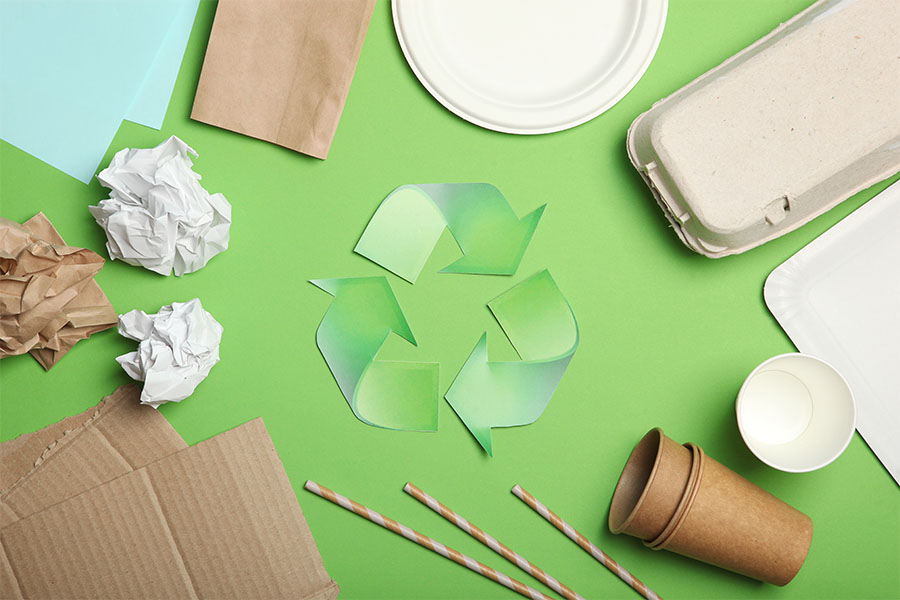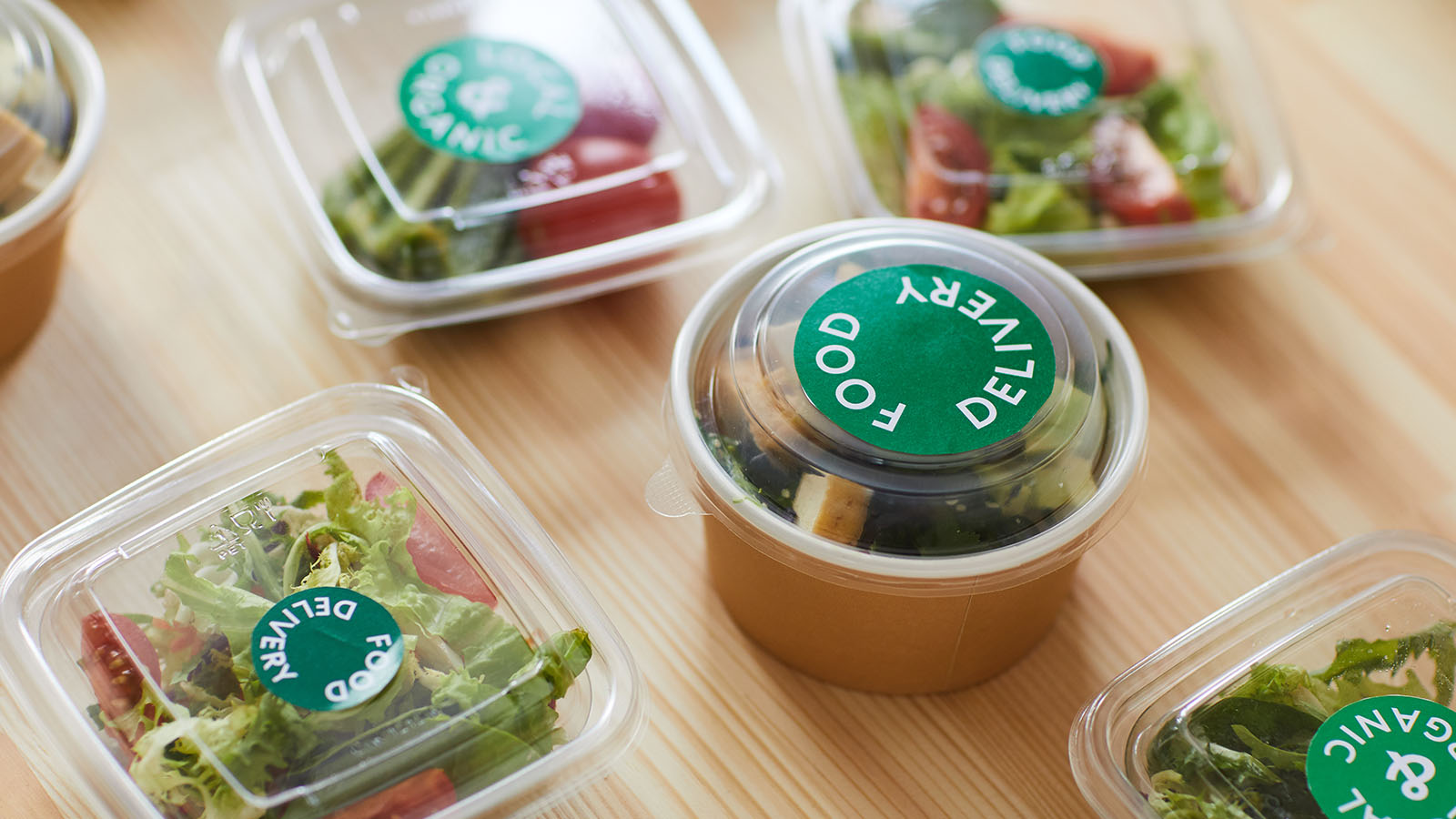Flexible plastic packaging has become increasingly popular in recent years due to its many advantages over rigid packaging. In this article, we will explore the benefits of flexible packaging and compare it to rigid packaging to help you make an informed decision about which type of packaging is best for your business.
Flexible Packaging is Versatile
One of the main advantages of flexible packaging is its versatility. Flexible packaging can be made in a variety of shapes and sizes, making it suitable for a wide range of products. This makes it ideal for companies that have multiple product lines or for those that are constantly introducing new products. Flexible packaging can also be easily customized to meet the specific needs of your business, such as incorporating your company’s branding or including specific information about the product.
It’s Cost-Effective
Another benefit of flexible packaging is its cost-effectiveness. Flexible packaging is typically less expensive to produce than rigid packaging. This is because it requires less material and is more efficient to transport. Additionally, flexible packaging can be stored in smaller spaces, which can help to reduce warehouse costs.

“Green” Friendly Options
Flexible packaging is also more environmentally friendly than rigid packaging. It is lightweight, which reduces the amount of energy required to transport it, and it is also easily recyclable. This makes it a more sustainable option for companies that are looking to reduce their environmental impact.
Flexible Packaging Offers Convenience
Flexible packaging is also more convenient for consumers. It is lightweight and easy to carry, making it ideal for on-the-go consumption. It also takes up less space in the pantry or fridge, which is a plus for those with limited storage. Additionally, flexible packaging is malleable under stress, unlike cardboard which can be crushed, or glass that can shatter.
Product Protection
Flexible packaging also offers better product protection. The flexibility of the packaging allows it to conform to the shape of the product, which can help to prevent damage during transport. Additionally, flexible packaging is often made from materials that provide a barrier against moisture, light, and oxygen, which can help to extend the shelf life of the product.
Choosing Flexible Packaging
Flexible packaging offers many advantages over rigid packaging, including versatility, cost-effectiveness, environmental friendliness, convenience for consumers, and better product protection. While there may be situations in which rigid packaging is a better option, flexible packaging is often the more suitable choice for a wide range of products and businesses. When considering which type of packaging to use, it’s important to carefully weigh the benefits and drawbacks of each option and consider the specific needs of your business and products. Contact Redi-Bag today to learn more about our flexible solutions and discover if they are the right choice for your business.


